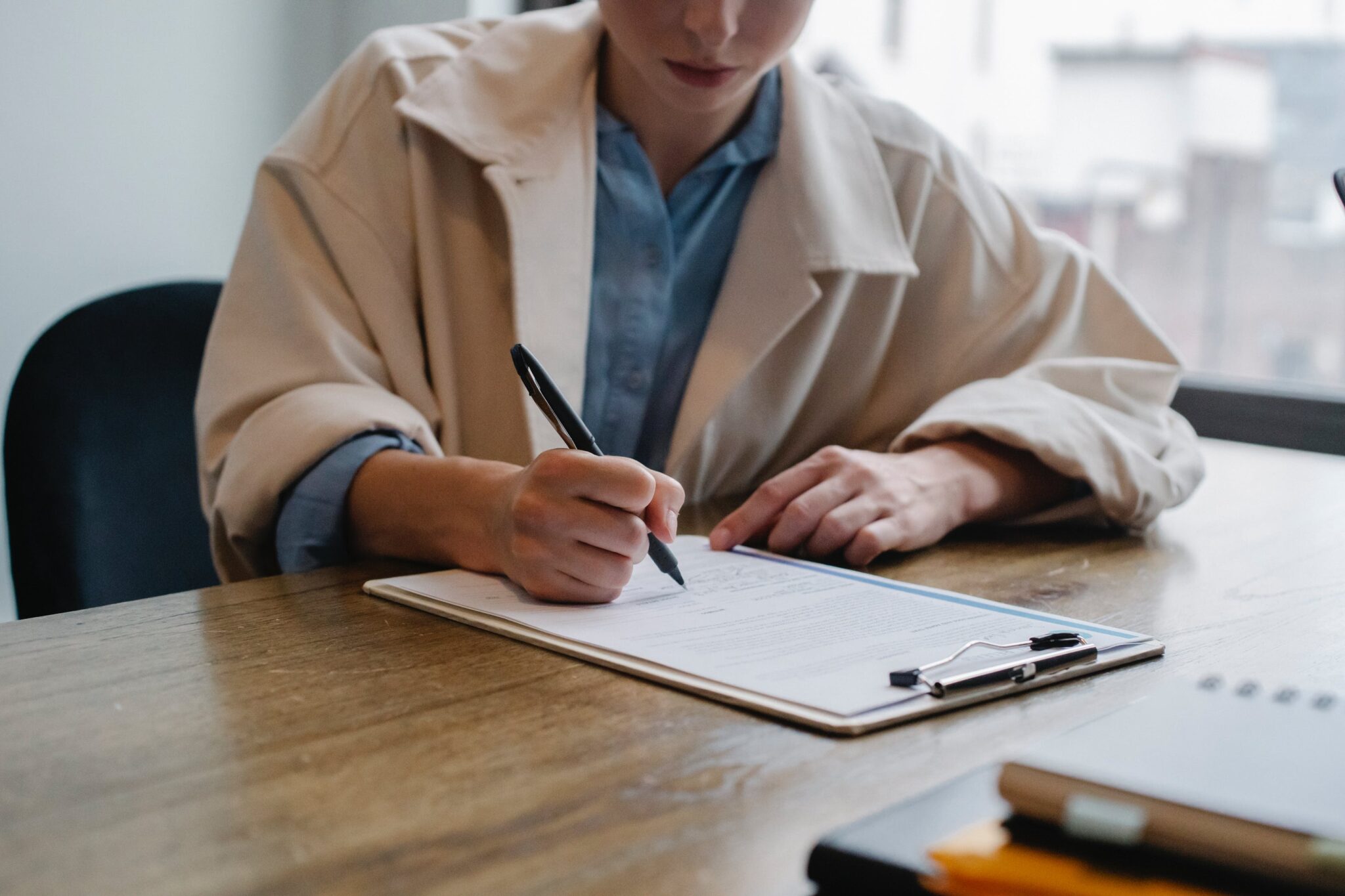With today’s article we focus on how to get the most out of Single Session Therapy . As we know, the client has the possibility of obtaining many benefits from the first (and sometimes only) therapy session, however to obtain this result, the therapist and client will have to prepare as best they can to get the most out of their meeting.
But how does the therapist proceed to prepare the ground and get the most out of a Single Session Therapy?
To prepare for the session, the therapist will have to take into account two fundamental aspects : the context in which this preparation will take place and the maneuvers (i.e. the content of the exchange) that the therapist will implement during contact with the client before the start of the session.
The preparation of the session can take place in different contexts, let’s see the main ones.
Pre-session telephone contact: Preparation for the session often takes place by telephone. Each therapist may have a specific way of conducting the telephone conversation , but in general the therapist and client agree to speak on the telephone and the client is informed that the purpose of the conversation is to prepare for the meeting, so that the therapist can help him obtain the maximum from the following session. Therapist and client can have a notebook on hand to take notes on the conversation.
Pre-session questionnaire: many agencies (e.g. Walk-in clinics) that offer SST use a pre-session questionnaire that the client fills out and sends to the therapist before the session itself in paper or online form. The key aspect is that the questionnaire must be completed and presented as close to the session as possible in order to reflect the current situation the client is experiencing.
At the beginning of the session: it is possible that this preparation takes place in the face to face session . In this case, the therapist will be able to acquire all the information needed to get the most out of the meeting before the session begins. This initial phase must be distinct from the session itself, therefore it is preferable to implement it when the contact between therapist and client is longer than usual (e.g. 90 minutes instead of 60 minutes).
What does the therapist want to know when preparing for the session so that he or she can help the client get the most out of the session?
Below are a series of topics that according to Dryden (2019) the therapist, based on the situation, could include in the pre-session phase :
What are the reasons you are seeking help now? Who else is involved?
How quickly do you want to be helped?
What would you like to achieve by the end of the session?
What previous attempts have you made to resolve the problem and what was the result? Use useful attempts; discourage futile attempts.
How have you solved similar problems in the past? Suggest transferring successful strategies for solving the problem.
What relevant strengths do you have that you can use in the TSS process?
What character virtues do you have that will help you get the most out of our work together?
What important values do you have that could underpin our work?
How can I best help you when we have our face-to-face session?
What external resources can you use to benefit from therapy?
What music, literature and works of art do you associate with change?
What valuable lessons have they taught you?
What life principles guide you?
What role models or influential figures might encourage you to change in the way you want?
Conclusions
To conclude this article and underline the importance of the preparation phase for Single Session Therapy in order to derive maximum benefit from it, we use the following words from Dryden (2019) who says:
As every gardener knows, it is essential to prepare the soil before planting seeds. If this is not done, weeds in unprepared soil can impair the growth of these seeds with the result that the gardener will not get as much from the soil as he would if it were properly prepared (p. 90).
Angelica Giannetti
Psychologist, Psychotherapist
Team of the Italian Center
for Single Session Therapy
Bibliography.
Cannistrà, F., & Piccirilli, F. (2018). Single Session Therapy: Principles and Practices . Giunti Editore.
Dryden, W. (2019). Single – Session Therapy. Routledge.
Hoyt, M. F., & Talmon, M. (Eds.). (2014). Capturing the moment: Single session therapy and walk-in services. Crown House.
Talmon, M. (1990). Single-session therapy: Maximizing the effect of the first (and often only) therapeutic encounter. Jossey-Bass.
